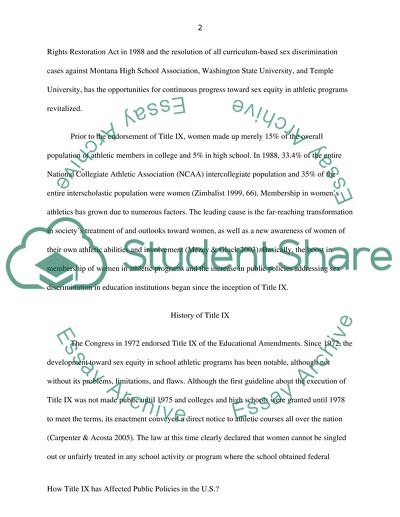Cite this document
(“How Title IX has Affected Public Policies in the U.S Research Paper”, n.d.)
Retrieved from https://studentshare.org/history/1395396-how-title-ix-has-affected-public-policies-in-the-us
Retrieved from https://studentshare.org/history/1395396-how-title-ix-has-affected-public-policies-in-the-us
(How Title IX Has Affected Public Policies in the U.S Research Paper)
https://studentshare.org/history/1395396-how-title-ix-has-affected-public-policies-in-the-us.
https://studentshare.org/history/1395396-how-title-ix-has-affected-public-policies-in-the-us.
“How Title IX Has Affected Public Policies in the U.S Research Paper”, n.d. https://studentshare.org/history/1395396-how-title-ix-has-affected-public-policies-in-the-us.


